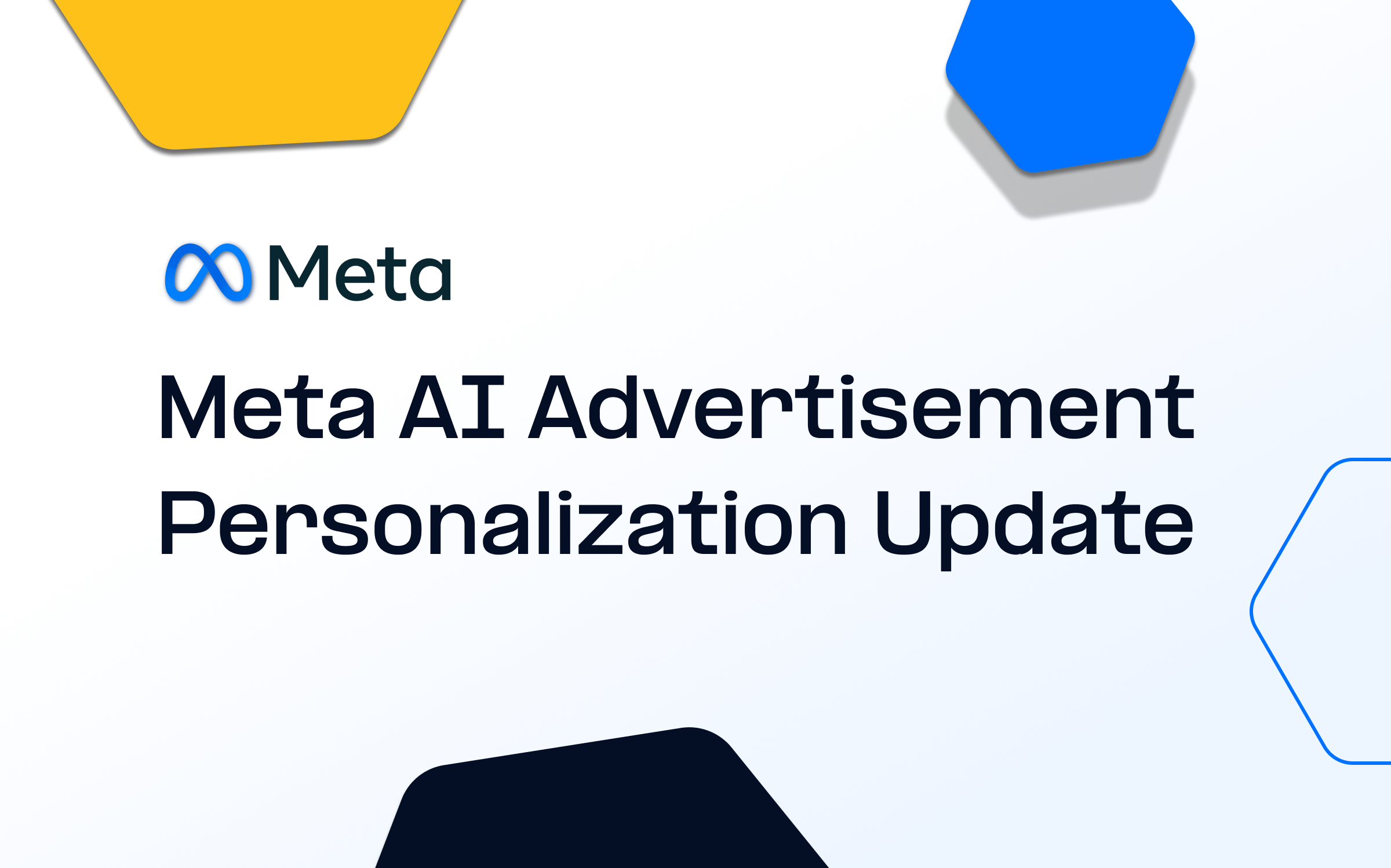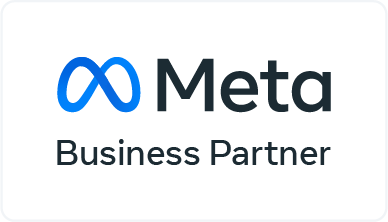Meta maximize interactions changes the engagement game
Meta has once again updated its ad system, but his time with a major shift in how engagement campaigns optimize.
The long-standing Post Engagement objective is being phased out, replaced by a smarter goal called Maximize Interactions.
For advertisers using Meta Ads to drive growth on Shopify, this isn’t just a label change.
It’s a complete redefinition of how ad delivery, ad sets, and audience targeting work when optimizing for engagement.
Meta’s AI will now determine which engagement types (likes, shares, saves, link clicks, or comments) are most predictive of valuable user actions - like website visits, add-to-cart, or purchases - and automatically optimize for them.
What is the “Maximize Interactions” goal?
The Meta Maximize Interactions goal is designed to help advertisers reach users most likely to engage meaningfully with your ads - not just react to them.
Instead of focusing only on likes, Meta’s AI assistant analyzes multiple interaction signals within each ad set to predict which engagement types will lead to conversion.
Key differences from the Old Post Engagement Objective
So while it may look like “just a label change,” the update actually changes how your campaigns learn, optimize, and allocate ad spend.
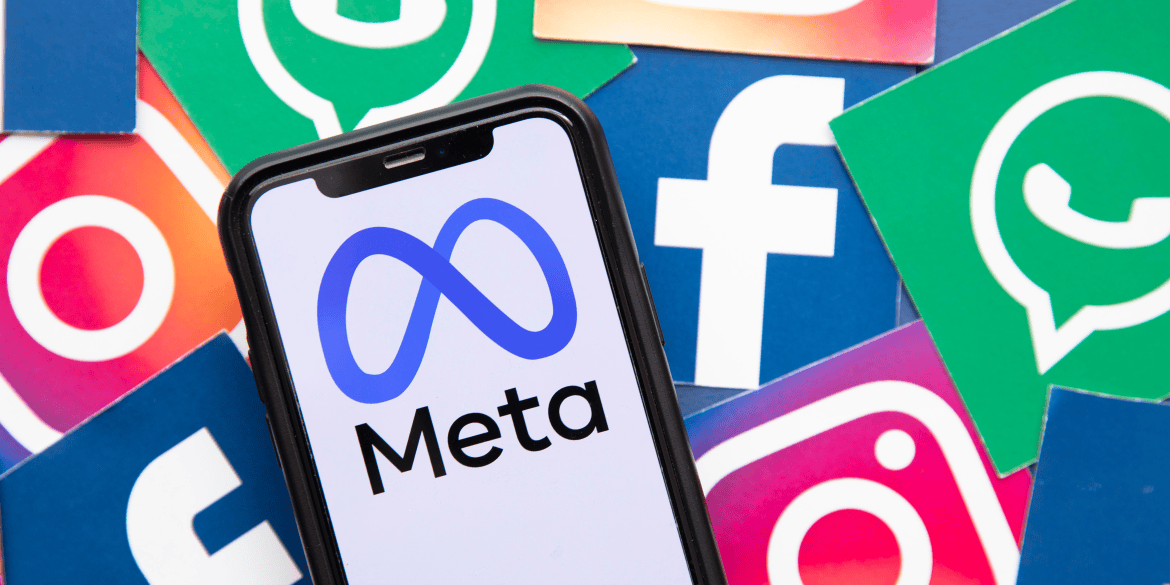
Why Meta ads made this change
Meta’s goal is to reduce fragmentation across its ad ecosystem and give advertisers fewer, but smarter optimization options.
The company found that the Post Engagement objective often drove low-value clicks and reactions that didn’t translate to business outcomes.
By consolidating under Maximize Interactions, Meta can:
- Balance ad delivery more efficiently.
- Optimize toward high-value engagement types across Facebook and Instagram Reels.
- Simplify campaign setup and reduce redundant ad formats.
- Shorten the learning phase by allowing AI to test multiple signals faster.
This aligns with Meta’s Advantage+ automation framework. One campaign, one system, fewer manual levers.

How Shopify advertisers should adapt
a. Audit your campaign setup
If you’re still running Engagement campaigns under the old objective, migrate them to Maximize Interactions.
Update your ad sets and confirm your pixel or Conversions API is feeding accurate conversion data.
b. Adjust creative for deeper engagement
Meta’s AI favors video ads and Reels content that drives meaningful interactions - comments, shares, or saves.
Static ads still have a place, but your creative strategy should include poll stickers, product demos, and story-style video content that invites participation.
c. Expect a different learning curve
The new system may take longer to optimize as Meta’s algorithm tests multiple engagement types at once.
This extended learning phase is normal. Once stabilized, results typically become more consistent.
d. Measure quality, not just quantity
Watch how your conversion rate evolves. A lower number of engagements might now correlate with higher purchase intent.
Use Shopify and Meta Ads reporting to compare pre- and post-update performance metrics.
What agencies should focus on
For agencies running multiple Shopify accounts:
- Educate clients - Explain that Maximize Interactions isn’t only about more reactions, but about smarter targeting that links engagement to conversion.
- Standardize ad sets - Use uniform naming and event tracking so Meta’s AI learns consistently across clients.
- Optimize creatives - Test video plays, photo views, and poll sticker clicks to identify which actions drive the best ROI.

Creative formats that perform best
Meta’s AI prioritizes variety. These formats tend to perform best under Maximize Interactions:
- Short Reels with conversation hooks (e.g., “Which version would you choose?”)
- UGC-style video ads showcasing real product experiences.
- Carousel tutorials that prompt users to swipe (each swipe = engagement).
- Poll or question stickers inside Reels and Stories to trigger responses.
- Static visuals for retargeting warm audiences once engagement depth is established.
Remember: it’s not about chasing cheap clicks - it’s about helping the AI identify high-intent behaviors within your target audience.
Expected Performance Changes
During rollout, advertisers may notice:
- Broader ad delivery as Meta’s system gathers enough engagement data.
- Temporary fluctuations in CPM or cost per interaction.
- Better alignment between engagement and conversion rate after the learning phase ends.
Campaigns that feed Meta with consistent conversion data and clear creative signals will exit the learning phase faster and deliver stronger ad performance.
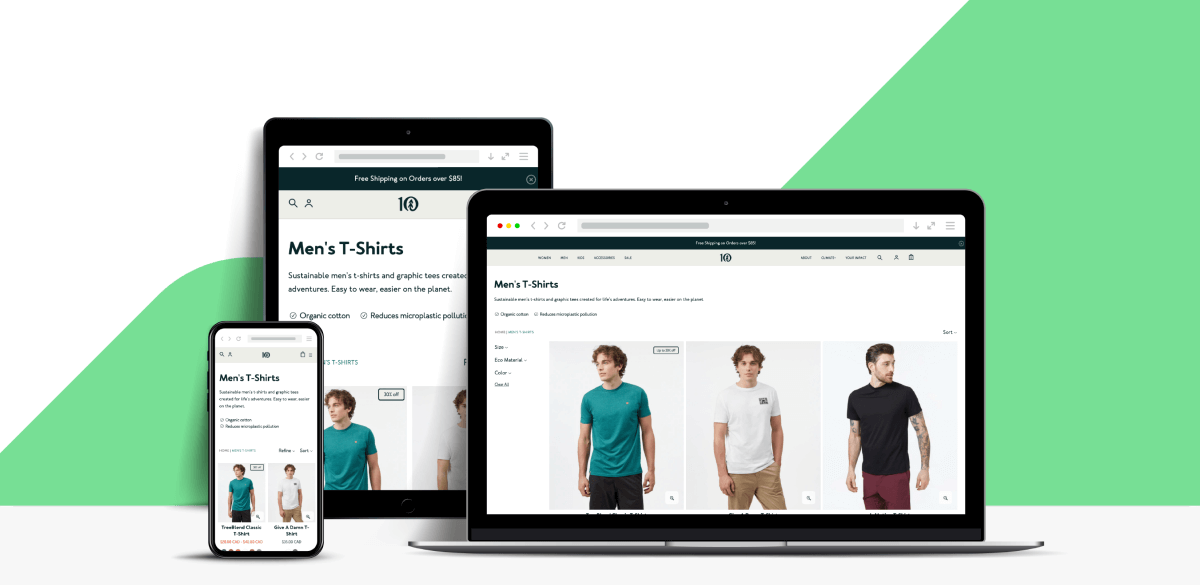
Example scenario
Imagine a Shopify apparel brand launching a new campaign.
- You create one campaign with multiple ad sets, each using Reels to promote different products.
- Each ad includes a poll sticker asking “Which style fits your vibe?”
- Meta’s AI tracks comments, poll responses, and video plays, then redirects ad delivery toward users most likely to purchase based on their engagement depth.
Within weeks, engagement quality improves - fewer superficial likes, more saves, shares, and profile clicks that correlate with sales.
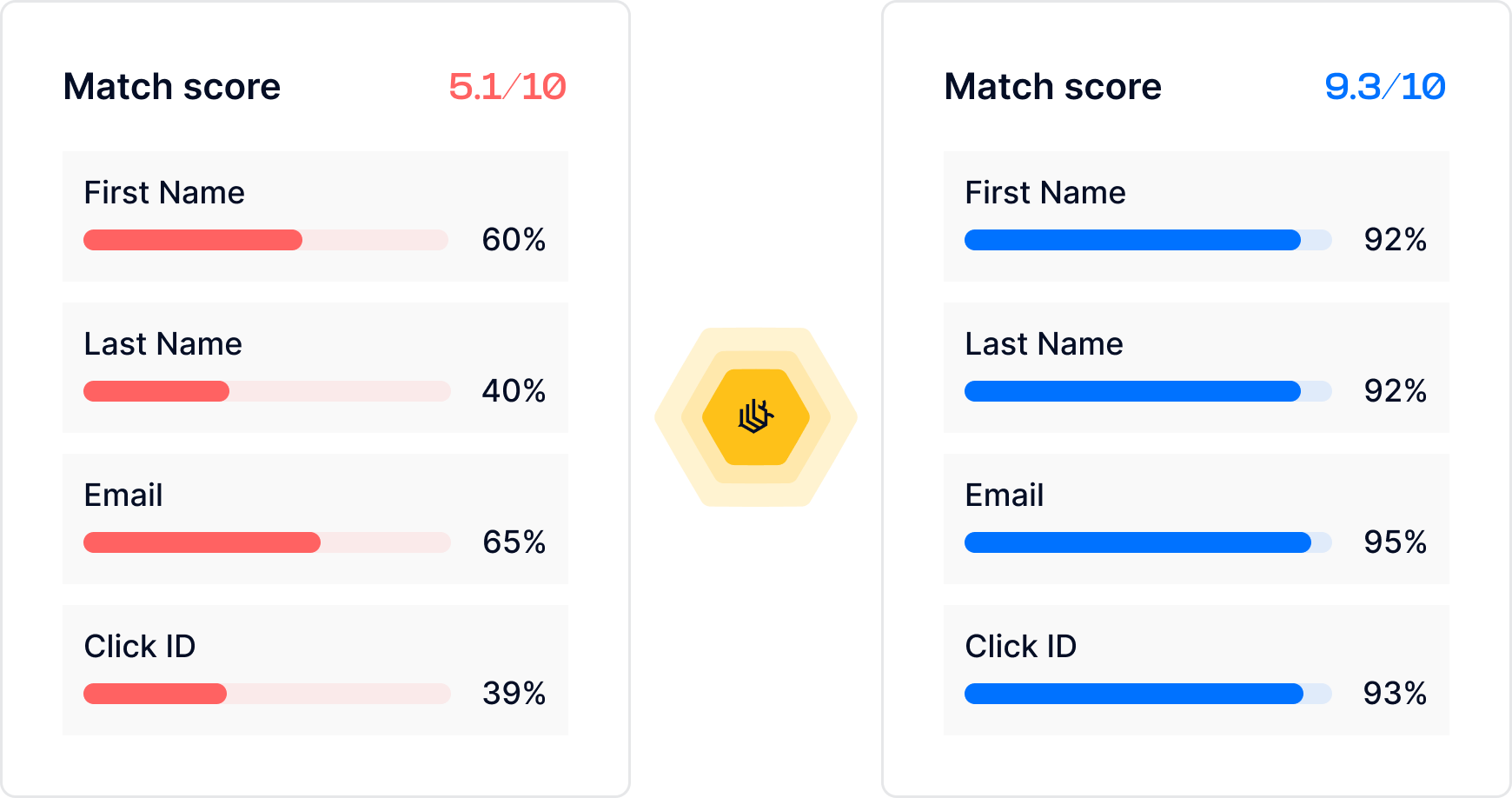
Why accurate tracking now matters more than ever
With Meta’s shift toward AI-optimized engagement campaigns, the accuracy of the data you send back to Meta has never been more important.
Every interaction signal - from a comment on a Reel to a purchase on your Shopify store—teaches Meta’s AI what “valuable engagement” actually looks like.
That’s where TrackBee makes a measurable difference.
TrackBee connects your Shopify store directly to Meta via server-side tracking, ensuring every event (view content, add to cart, purchase) is accurate, enriched, and attributed.
This lets Meta’s Maximize Interactions algorithm optimize ad delivery using clean, persistent shopper data -so you spend less on wasted impressions and more on the users who are most likely to convert.
In a world where AI decides who sees your ads, your data quality is your new competitive edge.
Conclusion
The Meta Maximize Interactions update marks a new era in digital marketing - one where engagement finally makes more sense.
By using multiple interaction signals, Meta’s AI can optimize ad delivery toward the behaviors that actually drive results.
For Shopify advertisers, this change means:
- Rethink how you define success in engagement campaigns.
- Embrace AI-driven optimization while keeping your data clean.
- Let smarter automation work in your favor by feeding it meaningful signals.
In short: engagement just got smarter.
Your job is to help Meta’s AI understand what valuable interaction really looks like.


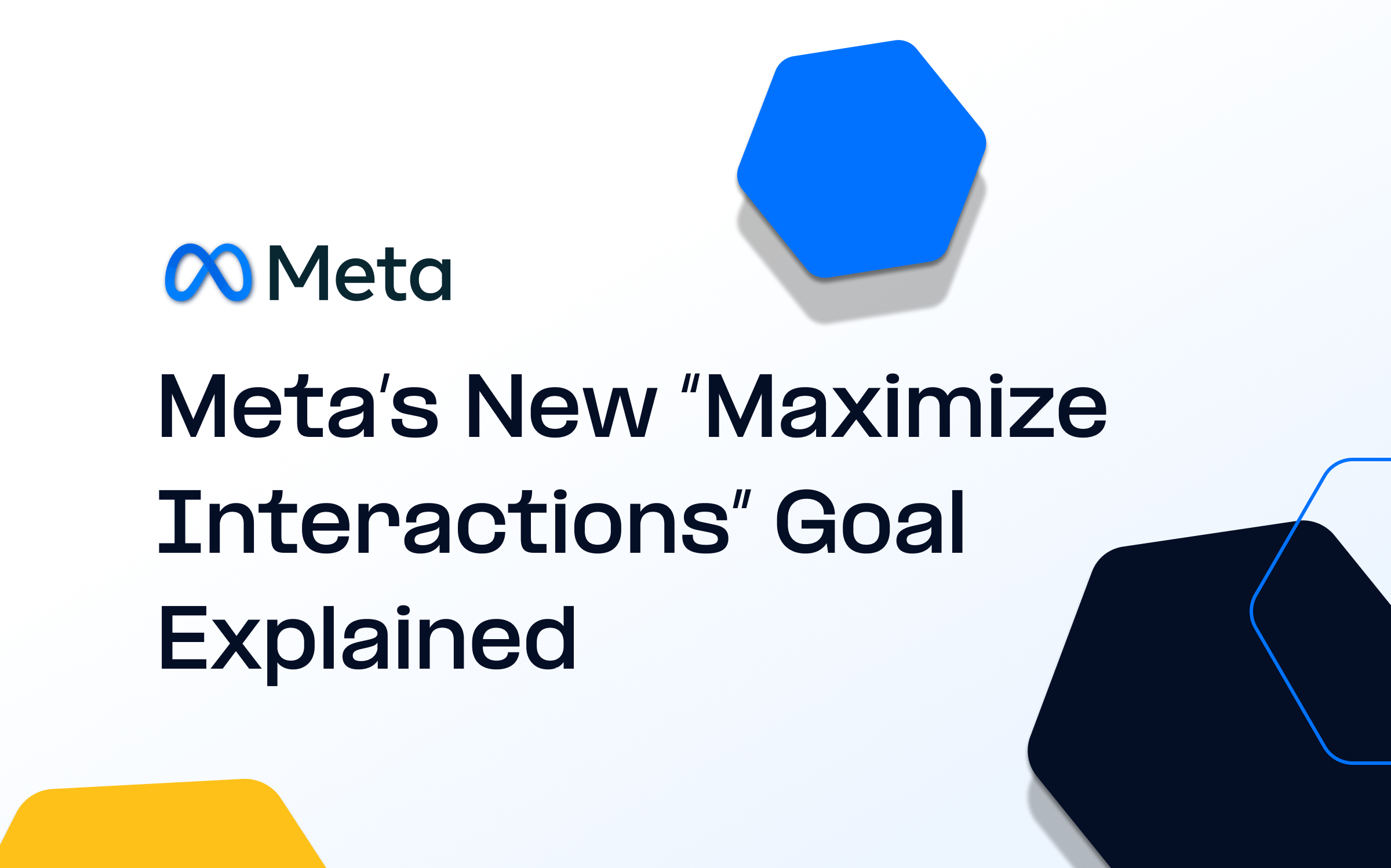





.png)
